JANUARY 15, 2024
Holistic Machine Health Monitoring with Vibration and Current Signature Analysis
AKASH SHRIVASTAVA, PDM DATA SCIENTIST @ PETASENSE
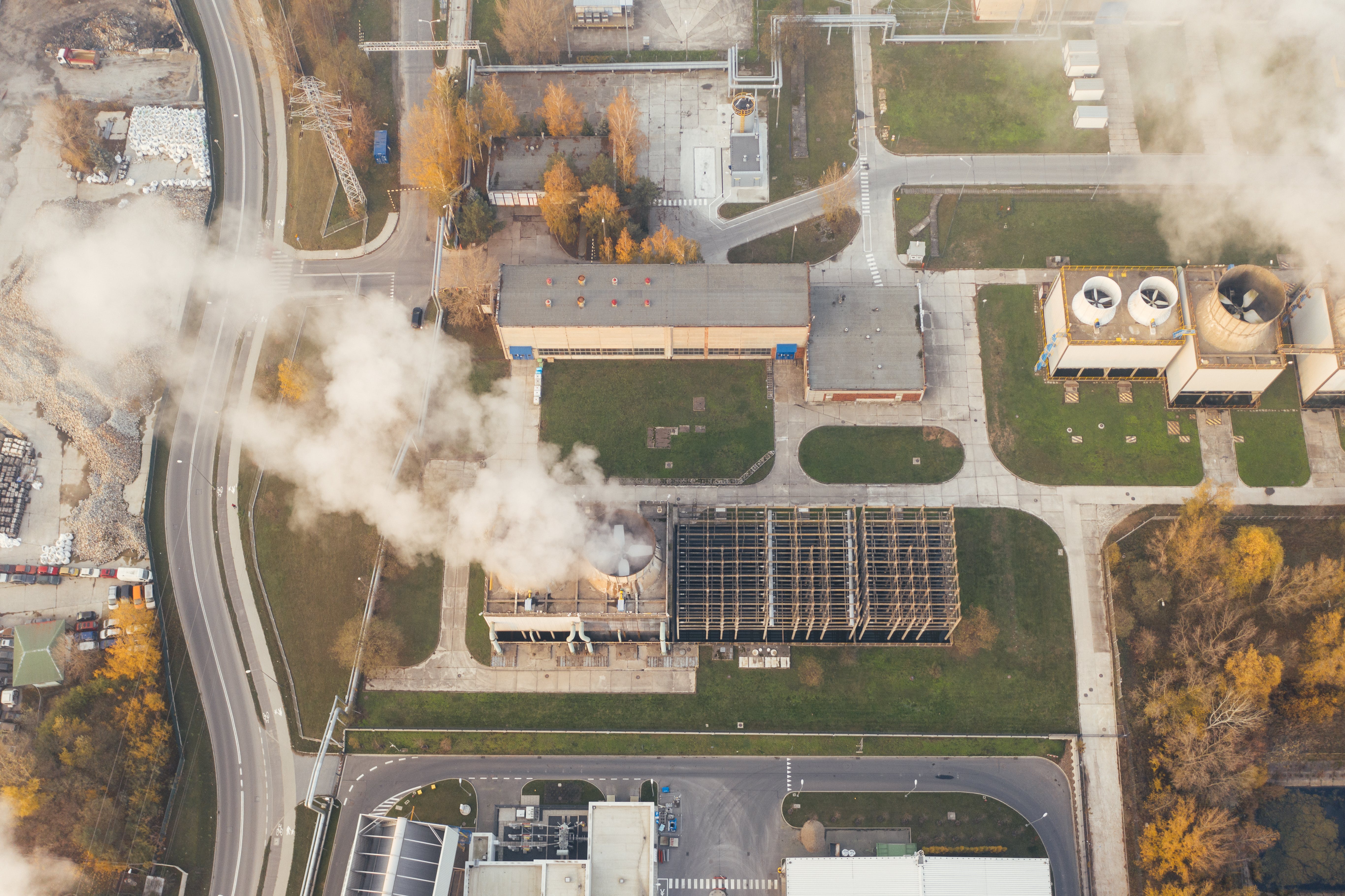
In the ever-evolving landscape of industrial machinery, ensuring optimal performance and reliability has become a paramount concern for organizations across various sectors. The pursuit of operational excellence has given rise to advanced technologies and methodologies that can delve deep into the intricate workings of machines, providing invaluable insights into their health.
In this article we will explore the multifaceted realm of comprehensive machine health monitoring, focusing specifically on the synergistic combination of vibration and current signature analysis. Both these parameters, when harnessed in unison, unlock a new dimension of diagnostic capabilities that far surpass the sum of their individual parts.
The Importance of Multi-parametric Condition Monitoring
Traditionally, vibration analysis has been a powerful tool in the domain of predictive maintenance, allowing engineers to detect early signs of mechanical issues such as shaft misalignment, unbalanced components, and bearing faults. However, the spectrum of potential malfunctions within a machine extends beyond the mechanical realm, encompassing electrical anomalies that can prove equally detrimental to overall performance. Especially in the realm of industrial machinery, motors stand as the primary prime movers, propelling a multitude of processes and applications. It is no surprise that their reliable operation is pivotal to the overall efficiency and productivity of industrial systems. According to reports by esteemed organizations such as the Institute of Electrical and Electronics Engineers (IEEE) and the Electric Power Research Institute (EPRI), predominant causes of motor failures are stator winding, rotor and bearing faults.
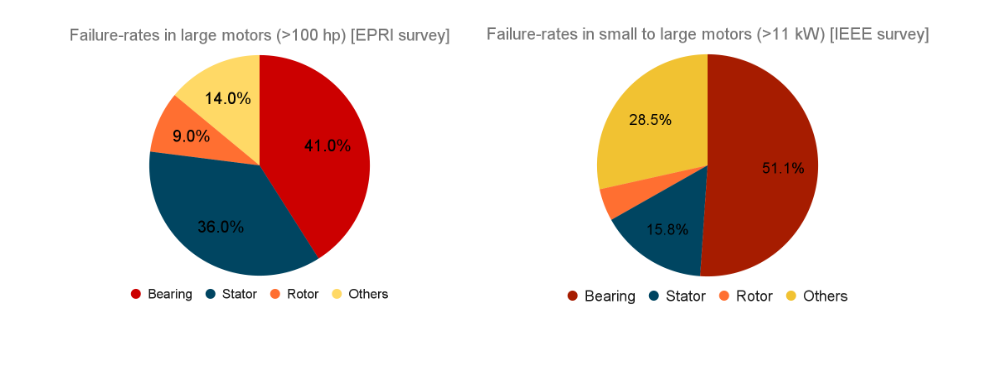
Fig 1: Motor-component failure rates according to industry surveys.
By concurrently employing current and vibration signature analysis in motor diagnostics, industrial operators can address the specific challenges posed by stator winding and bearing failures. Vibration analysis excels in detecting mechanical irregularities such as bearing defects and misalignments, while current signature analysis unveils electrical anomalies, including those within the stator windings. It is to be noted that the current signature analysis has moderate capability of detecting mechanical faults.
A complementary relationship is established by combining vibration and current analysis, where the strengths of one parameter compensate for the limitations of the other. The result is a comprehensive, 360-degree view of a machine’s health, enabling maintenance teams to diagnose issues with unprecedented accuracy and foresight.
The synergy between these two monitoring parameters creates a robust diagnostic framework that not only identifies existing issues but also offers early warnings, allowing for proactive maintenance interventions. As motors play a central role in diverse industrial applications, safeguarding against stator, rotor and bearing failures becomes paramount, making the comprehensive approach an instrumental strategy for enhancing reliability and minimizing unplanned downtime.
In the subsequent sections, we will delve deeper into the nuanced contributions of current and vibration signature analysis in the context of motor health monitoring, illustrating how this combined approach becomes a cornerstone in the quest for optimal operational efficiency and longevity of industrial motors.
Benefits of a Comprehensive Machine Health Monitoring Solution
1. Comprehensive Fault Coverage
The integration of multiple condition monitoring techniques, such as vibration and current analysis (and others like ultrasound, pressure and temperature), empowers maintenance and reliability teams with a comprehensive and nuanced understanding of machine health. By concurrently examining diverse parameters, advanced monitoring platforms can ensure a holistic monitoring approach, capable of detecting a wide array of faults. This integration becomes especially crucial as faults may manifest differently in distinct monitoring parameters. Moreover, when anomalies are corroborated across multiple parameters, the diagnostic accuracy is significantly enhanced, facilitating precise identification of impending issues before they escalate.
2. Ease and Flexibility of Deployment
The capability to process both vibration and current signature analysis lends itself to a remarkable level of versatility in deployment. In scenarios where accessing the location for a vibration sensor proves challenging or is otherwise impractical (such as submersible pumps or enclosed HVAC units) best-in-class monitoring systems should be able to adapt seamlessly. The primary advantage of such a system lies in non-intrusive monitoring, utilizing the “motor as a sensor” to analyze current signatures and provide crucial insights. By leveraging the power of current signature analysis, it not only compensates for the limitations of traditional vibration analysis but also extends its diagnostic reach. This flexibility ensures that machine health monitoring can persist even in circumstances where conventional solutions might encounter obstacles, thereby maintaining an unbroken thread of diagnostics across a spectrum of industrial settings.
3. Cost-Efficiency of Implementation
One significant advantage of implementing a multi-parametric condition monitoring solution lies in the cost-effectiveness of implementation. The innovative approach of leveraging existing infrastructure for both electric and mechanical fault detection sets such systems apart. This integration not only simplifies the deployment process but also reduces complexity, making it a more affordable alternative compared to investing in multiple separate technologies. In many instances, justifying the expense of implementing MCSA on top of other condition monitoring systems proves to be cost-prohibitive. Integrating multi-parametric data into a platform for analysis comes with its own challenges and costs. An end-to-end condition monitoring system addresses this concern, providing a practical and budget-friendly solution.
Case Study Examples
Example 1
In this case, we have a 7.5 HP motor driving a fan. The machine was monitored with Petasense Vibration Motes, which collect vibration, temperature and running speed data. Over time, vibration and current spectra data revealed patterns indicative of increased wear and looseness in the system.

Within the Petasense Web Application, analysts were able to seamlessly convert their insights into tasks, provide recommendations, and assign responsibilities to technicians and maintenance teams. This capability helped streamlined maintenance activities and enhanced communication among different teams within a plant, ensuring a swift and coordinated response to identified issues.
This example emphasizes that the integration of multiple data types improves the reliability of fault detection in mechanical systems.

Fig 2.1: Motor current spectrum. (LF = line frequency)

Fig 2.2: Vibration spectrum showing fan harmonics.
Example 2
In this case, an external issue was detected in a 15 HP motor driving a fan. By closely monitoring various parameters, the facility successfully identified and addressed the issue before it escalated to a catastrophic failure, showcasing the effectiveness of a proactive approach to maintenance.
The fan system exhibited a series of anomalies, and a comprehensive monitoring approach was instrumental in uncovering the root causes and implementing timely solutions. Initial indication of trouble came with a consistent rise in axial vibration, signaling potential mechanical stress within the fan system. This observation prompted a closer examination of other parameters, leading to the discovery of a change in temperature at the supply air duct.
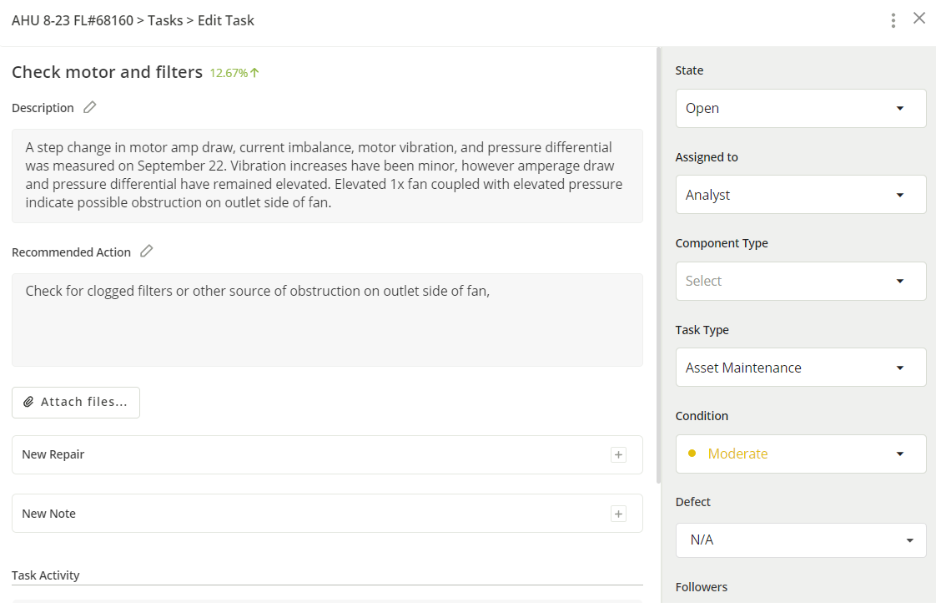
As monitoring continued, a gradual increase in differential pressure across the filter was noted, raising concerns about the fan’s health. Subsequently, a notable step increase in both filter differential pressure and current levels provided further insights into abrupt changes in operating conditions.

Fig 3: Trend charts for motor current, pressure differential across filter and temperature of air supply ducts showing issue progression and correction.
Simultaneously, a step decrease in supply air duct temperature hinted possible changes in airflow patterns.
After the completion of the recommended maintenance activities, the condition parameters returned to healthy levels (as shown in Figure 3).
Petasense ARO: Pioneering Comprehensive Health Monitoring
In the pursuit of comprehensive machine health monitoring, the Petasense Asset Reliability and Optimization (ARO) platform is designed to support vibration analysis, motor current signature analysis (MCSA) and other condition monitoring techniques such as temperature and ultrasound. The ARO platform is capable of identifying not only mechanical and electrical issues but also anomalies originating from external factors like clogged filters in HVAC fans.
The capability of Petasense ARO to analyze a range of condition monitoring data within a unified platform marks a significant leap forward in diagnostic precision. This holistic approach enhances the accuracy of fault detection but also facilitates a proactive maintenance strategy that addresses potential issues before they escalate into critical failures.
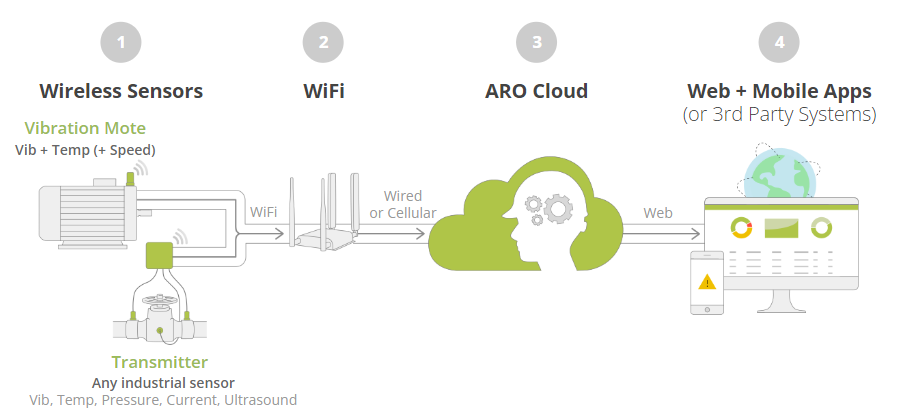
Petasense ARO: an end-to-end system for asset reliability and optimization, including wireless sensors, AI analytics and cloud-based software.
Petasense ARO not only marks a technological milestone in the fusion of vibration and current signature analysis but also delivers a host of inherent benefits by efficiently consuming and processing multiple condition monitoring data streams.
Final Thoughts
The value of holistic machine monitoring lies in its ability to cover an extensive variety of machine faults. By integrating various monitoring parameters, organizations can gain a more nuanced understanding of their machinery’s health, detecting issues at early stages and preventing potential failures. This approach enables proactive maintenance, reducing downtime and associated costs.
Furthermore, the versatility in deployment is a key strength of holistic machine monitoring. The presentation of alternative solutions within the article emphasizes that organizations can adapt their monitoring strategies based on practical constraints or specific operational requirements. If one monitoring solution proves challenging to implement, another can seamlessly fill the gap, ensuring continuous surveillance and diagnostic capabilities.
As industries evolve towards smart manufacturing and Industry 4.0, the adoption of holistic machine monitoring becomes increasingly crucial. The ability to capture a comprehensive picture of machine health, combined with the flexibility to deploy diverse monitoring techniques, empowers organizations to make informed decisions, enhance operational efficiency, and extend the lifespan of critical assets.
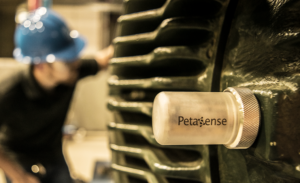

 Thanks for subscribing - stay tuned for our next newsletter
Thanks for subscribing - stay tuned for our next newsletter